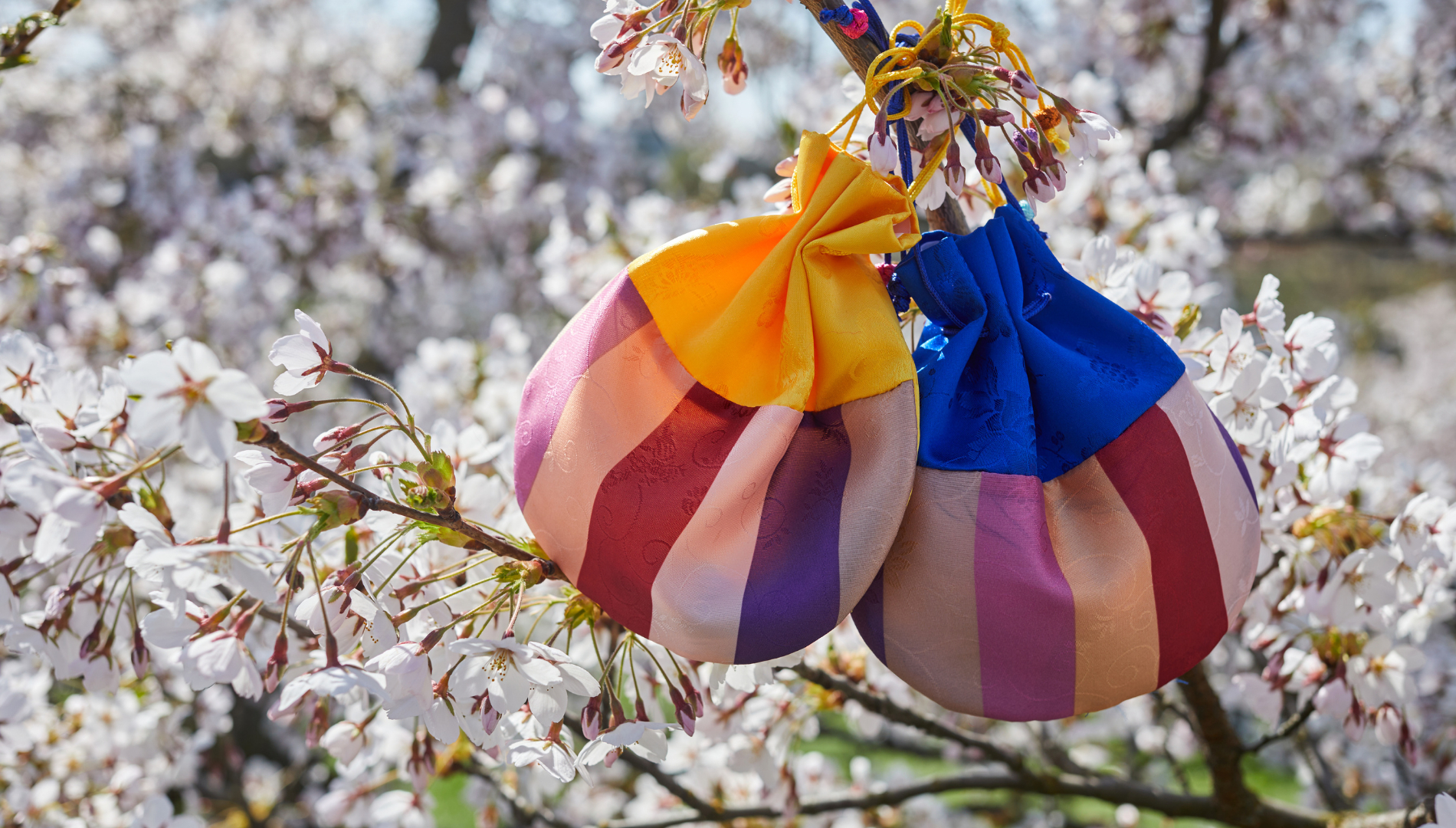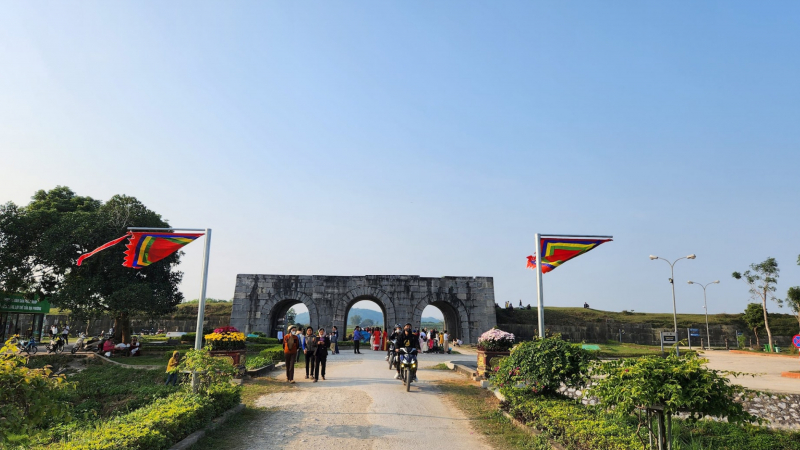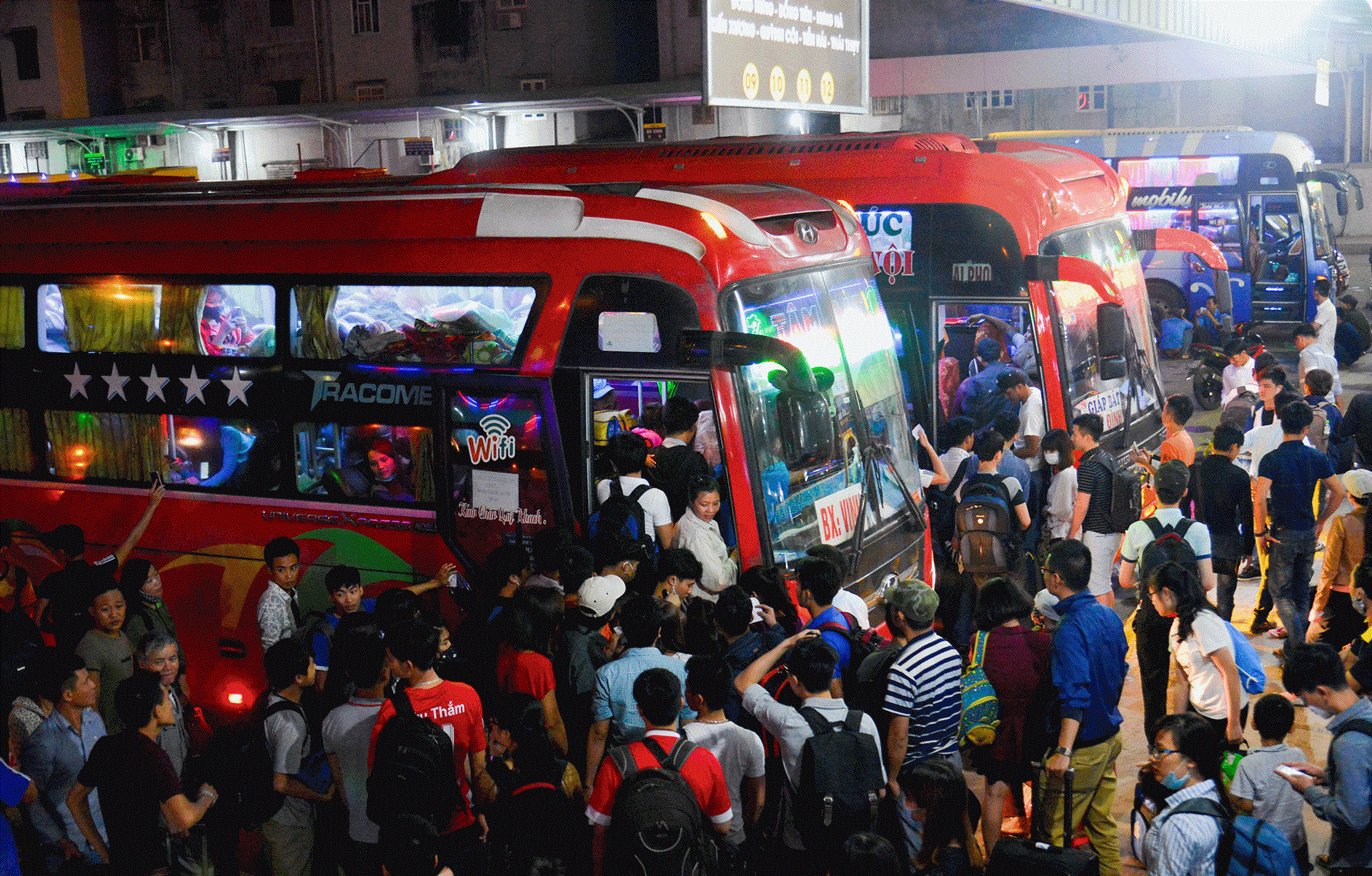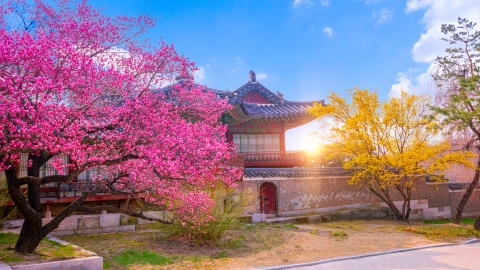During the decades under the leadership of President Kim Il Sung, North Korea underwent a profound social revolution. One of the most significant changes was the treatment of traditional customs, especially the Lunar New Year.
According to the Korea Herald, President Kim Il Sung once viewed Lunar New Year as a "relic of feudal society". This view stems from the idea of building a new society, a new person, completely free from the constraints of the past. Therefore, festivals and customs with strong traditional colors such as Lunar New Year are considered outdated and need to be eliminated.
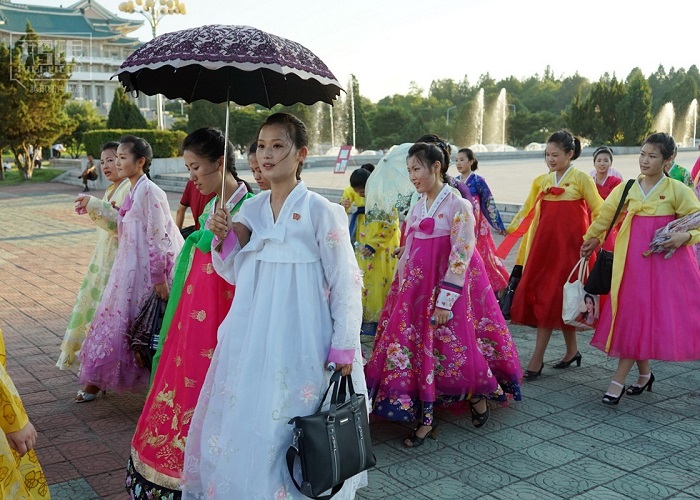
Since being restored and recognized, Lunar New Year has gradually returned to its proper position and role in the spiritual and cultural life of the Korean people.
To realize this view, in 1946, the North Korean government officially recognized January 1st as the first day of the new year. This decision marked a major turning point in history, ending the tradition of celebrating Lunar New Year among the Korean people. After the Korean War, the elimination of Lunar New Year was further promoted. Traditional values were seen as opposed to revolutionary ideology, and compliance with state regulations became the top priority. As a result, Lunar New Year gradually disappeared from the lives of the North Korean people.
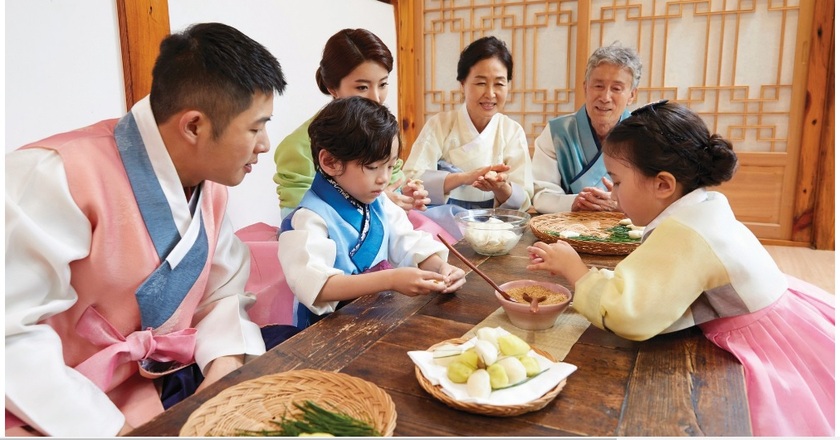
Not as long as the traditional New Year in Vietnam, this occasion in North Korea usually only lasts two days - January 1 and 2.
It was not until the beginning of the 21st century, in response to social changes and the people's expectations, that the North Korean government decided to restore the Lunar New Year. This decision marked an important turning point in the desire to preserve the nation's cultural identity.
Therefore, until now, except for Japan which abandoned Lunar New Year and took January 1st according to the solar calendar as the New Year's Day, Asian countries still keep Lunar New Year including Vietnam, China, South Korea, North Korea... These countries celebrate Lunar New Year but still have different traditions.

This is also an occasion for North Korean people to gather at Kim Il Sung Square in small groups or with families, bring flowers, pay their respects at the monument and take souvenir photos.
This is one of the few holidays that are shared by both North and South Korea. Early in the morning of the first day, students visit their teachers' homes to perform the sebae ceremony. Men also take turns visiting families with a bottle of liquor in their pockets and performing the sebae ceremony with their elders. This custom originated in the mid-1990s. Before the "March of Poverty" in the mid-1990s, the government used to give families a New Year's ration of a bottle of liquor, cooking oil, a few ounces of meat per person, and some sweets on the occasion of Lunar New Year.

Tet is also a time for family reunion, so people living in faraway cities will return to their hometowns to spend time with their loved ones.
In some regions, people avoid letting women be the first to enter the house. If not careful, these unwanted guests can receive unpleasant feelings from the homeowner as soon as they leave. In fact, women rarely have time to visit their neighbors because the kitchen work always keeps them busy from the 30th of Tet.
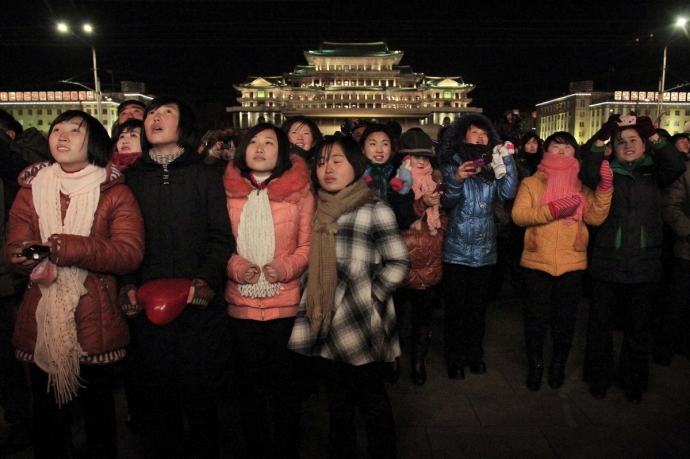
Although the New Year's Day is short, it is the happiest time of the year for the Korean people.
North Koreans do not have the custom of eating dumpling soup (also known as rice cake soup) like South Koreans. Instead, they often eat songpyeon, a half-moon shaped rice cake, along with other dishes prepared for the ancestral rites on the first day of the lunar month (also known as jesa).
In more remote areas, village and ward officials would bring flower baskets from farms to visit the city. People on official business would also go into the city together. The flower baskets would be tied together and surrounded by the statue of the late President Kim Il Sung. The large statue was always filled with flowers during Tet and was obviously a popular photo spot. People did not have many options when going out for spring, so regardless of whether they were teenagers or students, well-dressed girls would stop by the statue to take photos.
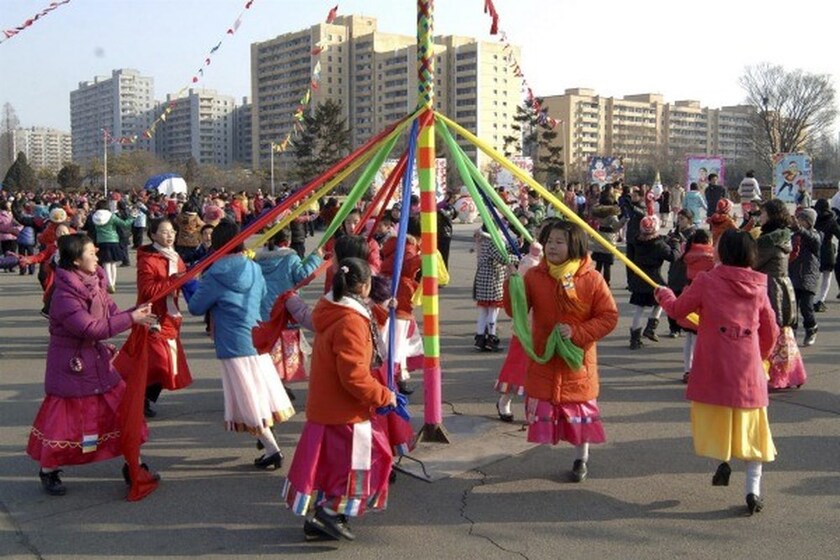
The New Year's Day rituals of the Korean people are truly warm. They always uphold family values and national spirit.
North Koreans celebrate the New Year not just once, but three times a year. They celebrate the Solar New Year, the Lunar New Year (Seollal) and Juche (Juche) on April 15 every year. The Juche calendar takes the birth date of the late President Kim Il Sung, April 15, 1912, as the first year and the following years are numbered accordingly. This calendar was applied starting from 1997, re-set as "Juche year 86".

 VI
VI EN
EN



